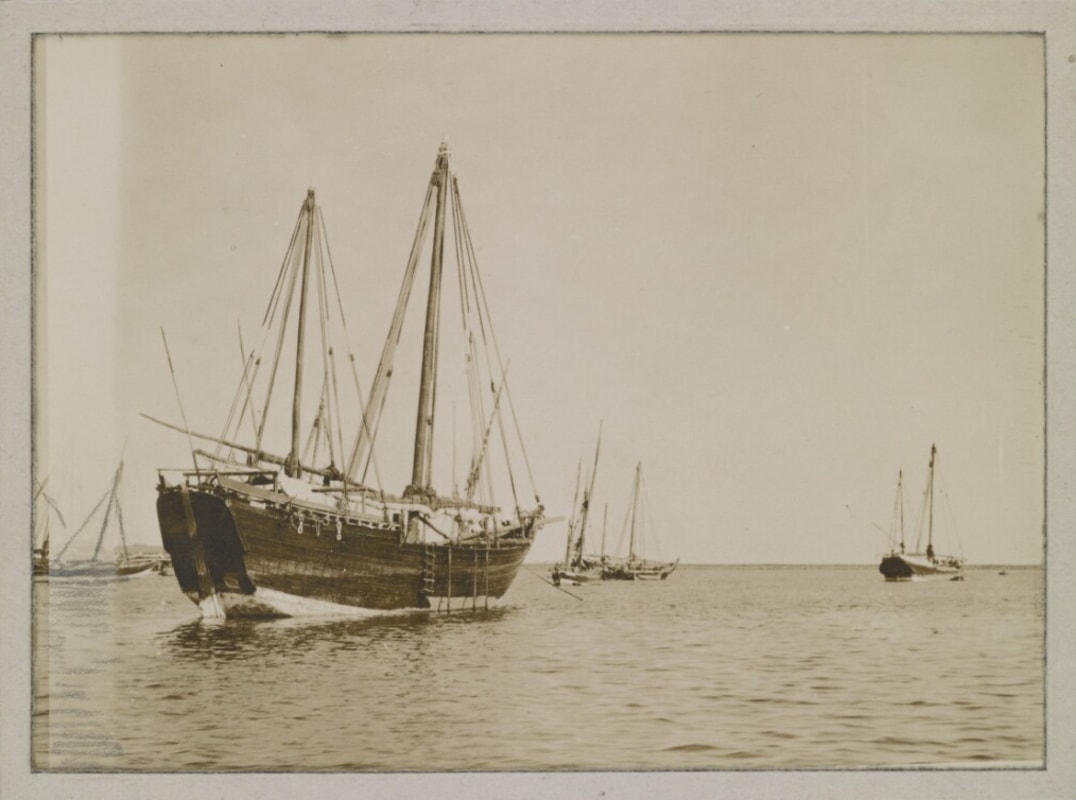Qatar is perhaps best known today for its national airline, Qatar Airways, but, historically, it was the sea, not the air, that connected Qataris with the wider world. Then, as now, most Qataris lived along the coast, their towns facing the sea and the far shores of the Gulf and the Indian Ocean beyond. It was the sea from which most Qataris derived their livelihoods, through overseas trade, fishing, and pearl diving. Before the 1930s, pearling dominated Qatar’s pre-oil economy, employing nearly half of all Qataris. This deep connection with the sea had a profound influence on Qatar’s history, heritage, and identity. Today, this connection is celebrated at Qatar’s annual dhow festival every November – the only such festival in the world. Here are some illustrations from the 6th Traditional Dhow Festival in 2016:
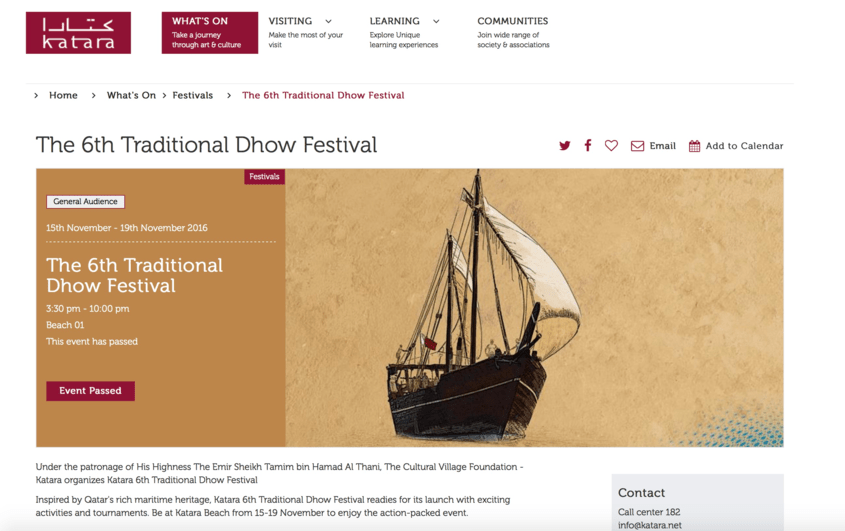
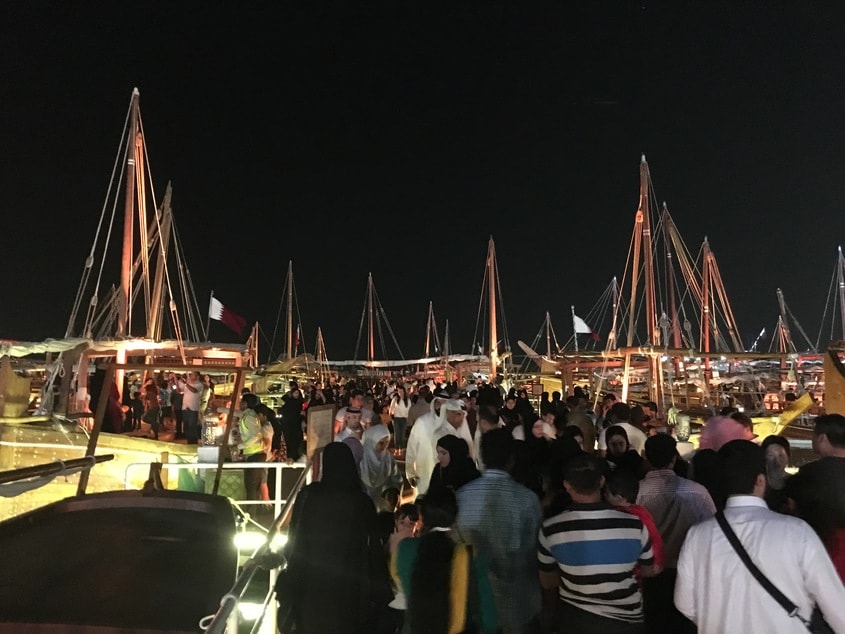
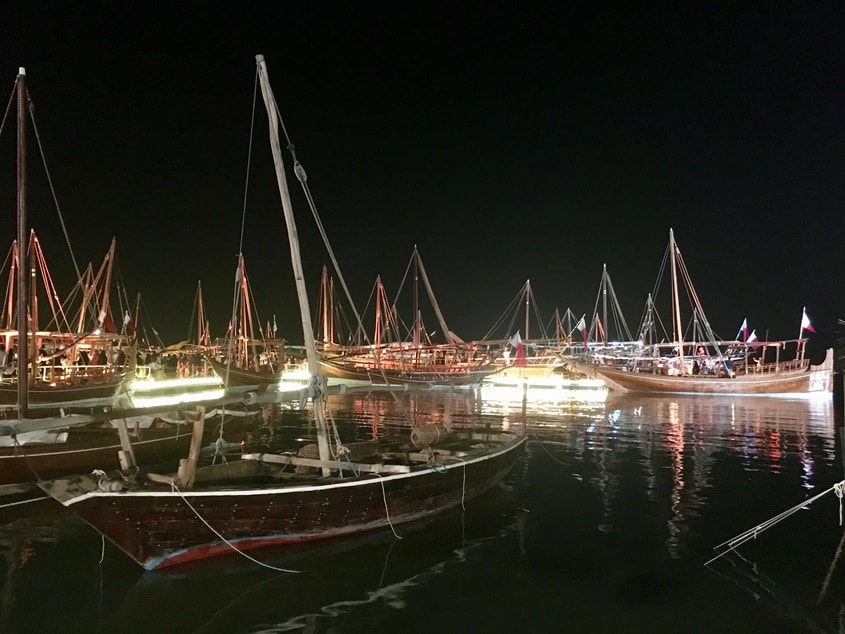
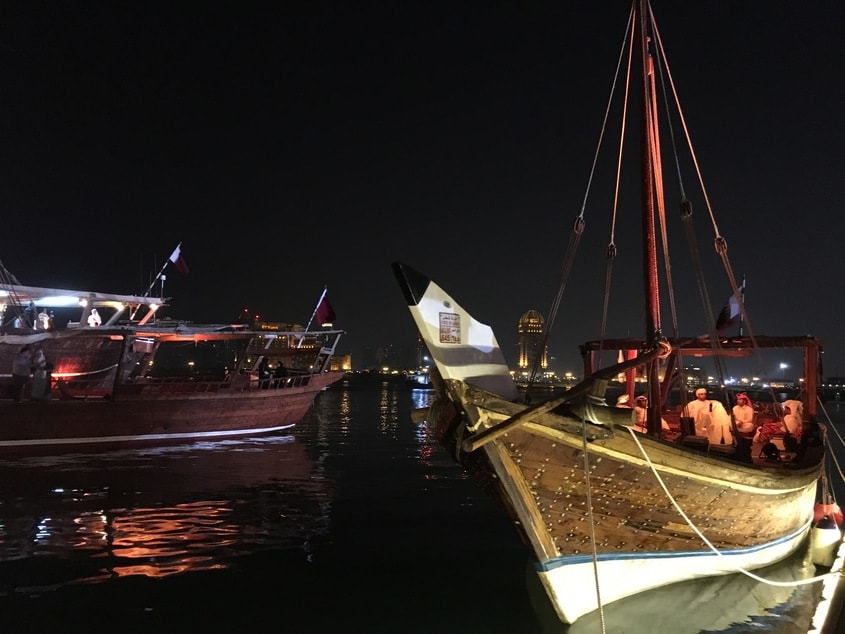
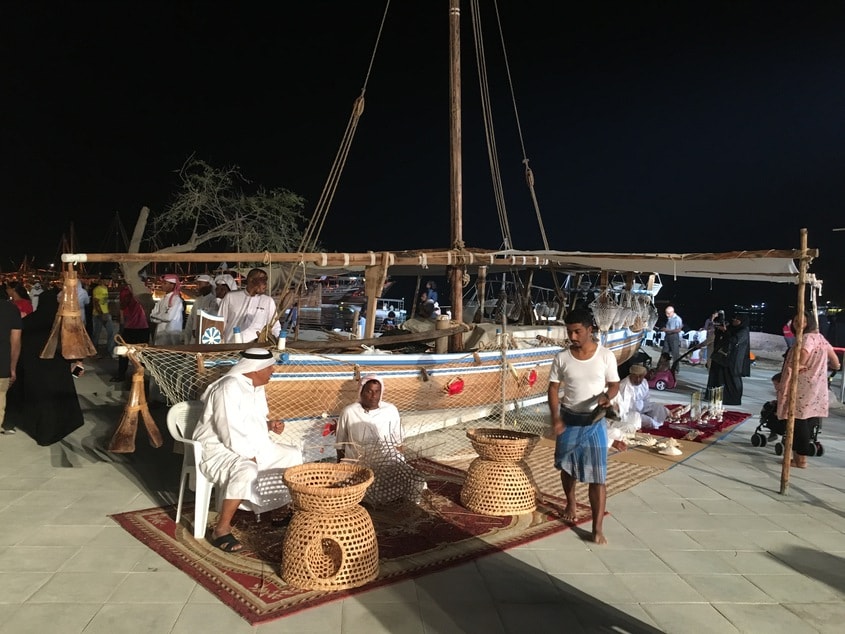
Until recently, the maritime history and heritage of Qatar and the Gulf states was difficult for researchers to access. Now, thanks to the Qatar Digital Library (QDL), an online digital archive dedicated to the history and heritage of Qatar and the Gulf region, as well as medieval Arabic manuscripts, researchers and the general public can learn more about this subject and more besides with just a few clicks of the mouse. Since the QDL will soon federate with the Digital Library of the Middle East (DLME), these records will soon become available through the DLME digital platform as well.
To illustrate the extent of the QDL’s collections, let’s see what we can find on the maritime history and heritage of Qatar and the Gulf. A search for “dhow” (the generic term for all lateen-rigged sailing craft from the Indian Ocean) and “Qatar” produces 302 hits at the time of writing. These hits consist of archival files, letters, maps, photographs, paintings, and drawings - all downloadable.
One of our first hits is this photograph from 1916 of an Arab (possibly Qatari) dhow anchored off Karachi. Such images are invaluable visual references for researchers working on the maritime material culture of Qatar and the Gulf.
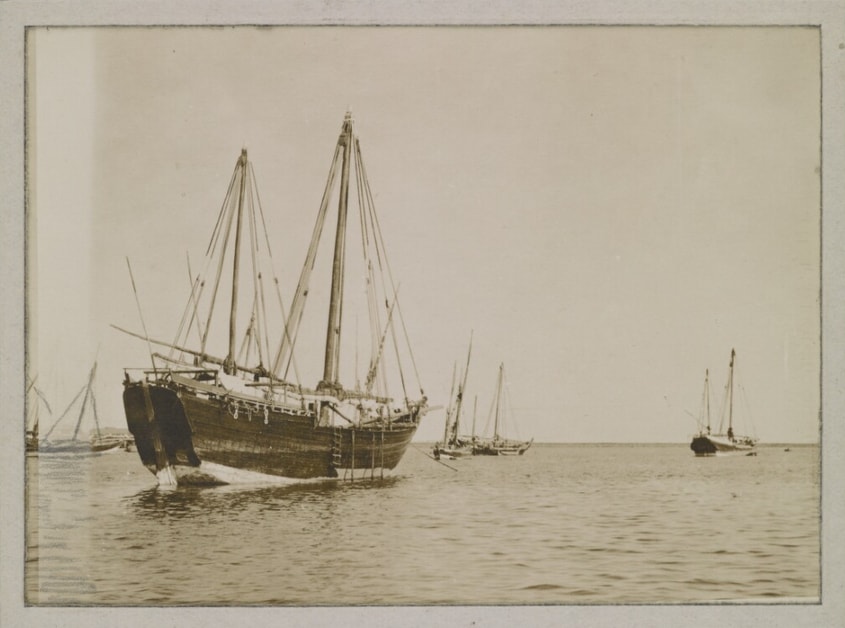
Historians of Qatar’s coastal geography, hydrography, and pearling industry will be interested in these maps:
- A trigonometrical plan of Bidda (Doha) harbour in 1823
- A plan of Doha harbour from 1937
- A map of pearling banks around Qatar from 1940
And historians of Qatar’s pearling industry and maritime trade will be interested in these reports:
- Reports on pearl fisheries from 1904-18
- Reports on pearl diving and the pearl trade from 1929-35
- A report on the maritime trade of the Gulf coast from 1863
- Reports on the arrival of sailing craft and their cargo at Qatar from 1932-37
The QDL also has helpful introductory articles highlighting the range of its vast collections. Imbedded in each article is illustrative material from the QDL: text, images, sound, and film. All the material is on the QDL proper, except for sound and video recordings, which are hosted on dedicated QDL sections in SoundCloud and YouTube in order to promote wider access. Presently, all of the material on the QDL is from the British Library’s India Office Records collection, but more material will be added from other archives around the world in the near future.
For researchers interested in the maritime history and heritage of Qatar and the Gulf states, the QDL has several introductory articles to help them get started. It is often best to start with overview articles like “Country Profile: Qatar”, which contains illustrations such as this fascinating map of Qatar’s coastal settlements in 1937:

One should also read “Qatari History: Pivotal Moments Revealed in India Office Records” by Mark Hobbs. After that, researchers can progress to the QDL’s articles specifically on the Gulf’s maritime history and heritage, such as:
- “Pearl Diving: Inside the Trade that Shaped the Gulf” by Martin Woodward
- “Divers are a Pearl’s Best Friend: Pearl Diving in the Gulf, 1840s-1930s” by Mark Hobbs
- “Twilight of Pearl Trade Sees ‘Slave’ Divers Seek Freedom” by Mark Hobbs
- “Economy in Turmoil: Gulf Trade Hit by Piracy and Famine” by Karen Stapley
Long before the annual dhow festival, Qataris celebrated their connection with the sea through folk songs and dances, examples of which can be found in the QDL’s music collection and video collection. Consider these examples:
Researchers can learn more about this aspect of Qatari and Gulf Arab culture by reading the QDL’s articles on the subject by Rolf Killius:
- “Fann Al-Bahri - The Great Art of the Sea”
- “The Cradle of Arabic Sawt Music: The Early Musician Generations in Kuwait”
- “Sing, Play and Be Merry: The Unique Ṣawt Music of the Arabian Peninsula”
- “Modernity Meets Tradition: Reflections on Traditional Music in Qatar”
- “A Rich Culture Expressed in Music - Musical Instruments in the Upper Gulf Region”
- “Interlocking Patterns Meet Arabic Poetry: Musical Genres in the Upper Gulf Region”
The QDL offers the public unprecedented access to the history and heritage of the Gulf. In just three years of existence, it has generated a groundswell of interest, leading to a boom in exciting new scholarship on the region. Federating our records with the DLME will allow us to bring this fascinating heritage to a wider audience and introduce more people to the QDL’s collections. Come discover the QDL for yourself. Fascinating discoveries await you.
